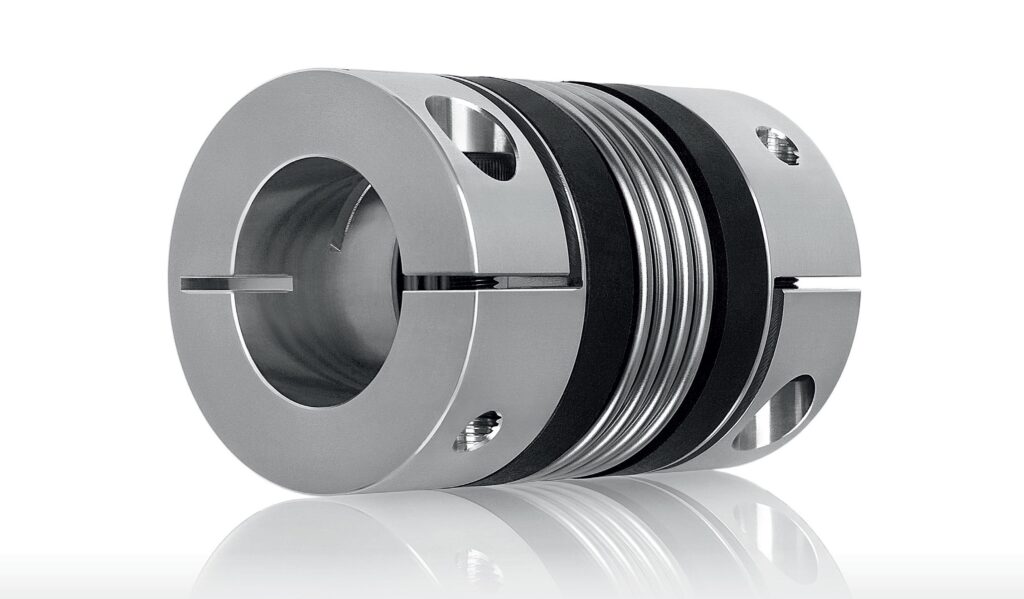All couplings transmit torque and angular velocity. Flexible variations compensate for misalignment. Many of the latter even address vibration and improve system dynamics.
Design considerations include machine or installation construction and backlash, torsional stiffness, damping, inertia, torque ratings, maximum rpm, size, misalignments, ease of installation, robustness, and cost. For power transmission (as in motors for pumps and large material-handling setups) common choices are gear, disc, elastomeric tire, grid, jaw, and Oldham couplings because of their ruggedness and ability to transmit very large torques.
In contrast, motion-control applications (as for axes employed in precise positioning of loads, for example) typically employ couplings capable of oft-more modest but far more precise torque transmission.
These include curved-jaw, beam (slit), bellows, disc, and other zero-backlash couplings.
Of course, any misalignment that couplings accommodate should be what’s otherwise unavoidable even after proper machine-axis squaring and installation adjustments. Read more at the post: Flexible-coupling considerations for motion-control designs in OEM and plant setups.
